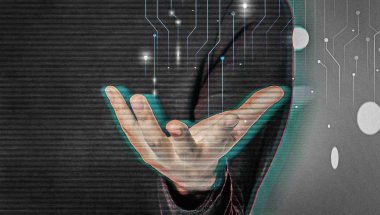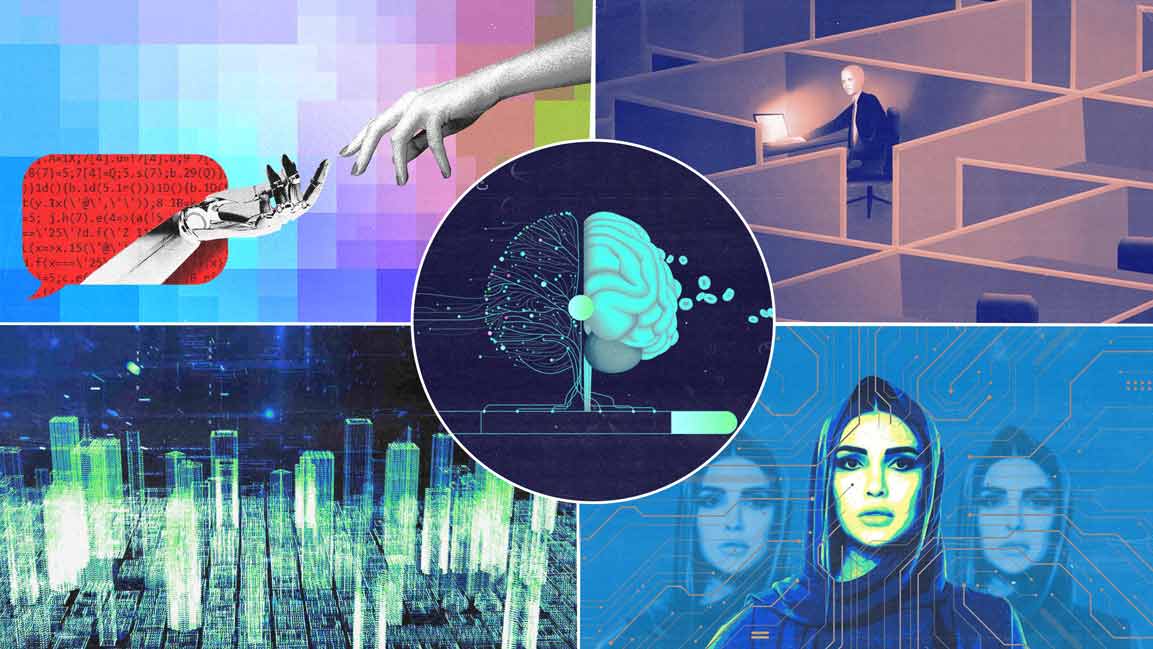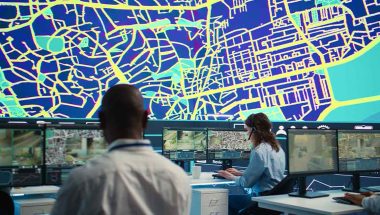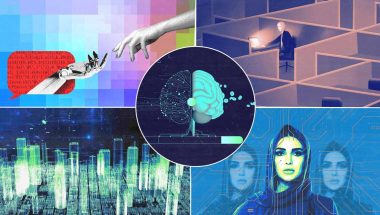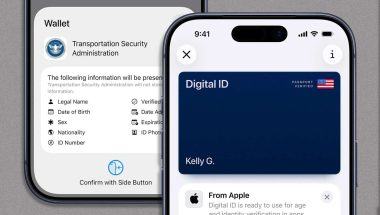- | 8:00 am
How AI in education can enhance the learning process
Students will use AI in the future, so it’s better to address it now.

While cultural shifts in education are consistently made to reflect current events, technological advancements within the classroom are often the last to catch up. The rapid advancement of artificial intelligence (AI) has the potential to create a digital divide between districts or universities that equip their students and teachers with the latest tech, and leave those who do not, behind. However, that’s changing.
With the increasing mass availability of AI through new capabilities like ChatGPT, these tools are demonstrating the broad use cases for artificial intelligence and how it can strengthen and complement our work and interactions as humans. The application of AI across our lives will be one of the most significant technology shifts of this decade. AI offers a unique opportunity for more educators and students to incorporate the technology in their curriculum plans and determine how to responsibly use emerging technologies in learning and in the classroom.
Here are a few considerations for how to apply AI in education with the end goal of exposing, preparing, and equipping students and educators for a future with these technologies.
CONSIDER AI AS A NEW METHOD OF ANALYSIS AND APPROACH TO STUDENT ENGAGEMENT
One of the key ways to approach AI in a classroom setting is to consider it as a technology that shifts education from solely solving problems to learning how to solve them. By leveraging AI, educators can create a more interactive and dynamic learning environment that encourages critical thinking and problem-solving skills.
At the most basic level, AI provides relevant information in a format that’s more digestible and contextual than the most basic online research platforms, providing better efficiency and usefulness. Rather than requiring the user to search through pages and pages of information to find the one thing they were looking for, AI services can offer a tailored summary, finding the knowledge required in seconds.
The task for students and educators will be to shift from trying to find the needed information to getting the technology to produce the result they want. Additionally, the time saved from scrolling and sorting through relevant information can help students and teachers maximize time spent exchanging ideas, collaborating, and fostering discussion. Educators can also guide students to use AI to support pre-work so students can come to the classroom ready to apply their knowledge or work through portions of the assignment they misunderstood.
HIGHLIGHT THE SKILLS THAT CAN BE DEVELOPED BY USING AI WHEN IT’S INTRODUCED, AND WHAT CAN BE LEFT BEHIND
Looking back at the history of educational technology, there has always been some initial hesitation about adopting new tools. Fifty years ago, people were skeptical of calculators, but today they are ubiquitous in classrooms, helping students save time and focus on more complex problems.
AI will underscore the skills we can grow out of, not replacing a desire to learn but channeling it into new areas. Just as calculators assist with simple math calculations, AI can show us where students do not need to spend time, empowering them to focus on critical thinking and working through new concepts. In the same way people learned how to read paper maps or grow food in their gardens, these skills are no longer mission critical to our current lifestyles. AI will enhance students’ skills, acting as a tutor to help support foundational learning aspects, such as problem solving and complementing research, allowing students to become productive and analytical.
Introducing AI in a controlled environment also presents the opportunity to challenge students to think critically about the information AI is presenting. Students should be encouraged to check the AI work for bias and inaccuracies, rather than accepting it at face value.
We cannot resist new technologies that will be part of our students’ jobs or life someday, or avoid teaching these needed skills to adapt. Being open to the evolving changes AI presents will be essential for teachers to prepare students for their future as it is already prevalent in today’s workforce. In a recent survey of 500 U.S.-based developers at enterprise companies, 92% said they were already using AI coding tools and 70% said that AI coding tools offer them an advantage at work. By embracing AI in a learning setting, we prepare students for the world that exists today and how it evolves tomorrow. Ignoring or rejecting AI tools as they advance would limit the potential of future classrooms and hinder students’ abilities to thrive in an increasingly AI-driven world.
DON’T BE AFRAID OF TRYING NEW THINGS—ADJUST AS NEEDED
In any learning environment, it is crucial to embrace trying new things, adjusting as needed, versus avoiding new technology for fear of the unknown. As with any emerging technology, it is inevitable to make mistakes, impacting learning. Therefore, teachers, parents, and educational organizations must do their best to ensure that a technology’s impact is positive.
When introducing AI, it will be the school district and teachers’ responsibility to craft the learning journey and create a customized classroom experience to oversee how AI is used. While this may be an intimidating task, first the person should take a step back to determine how AI can best serve an individual’s needs in that subject, setting clear expectations with students on how AI can be an assistive tool.
When introducing AI, teachers must determine its appropriate level of assistance. Depending on the classroom environment, students could leverage AI to quickly dive deep into research or receive extra help, freeing up teachers to assist elsewhere. By actively engaging with AI tools and setting boundaries, educators can evaluate their effectiveness and make adjustments accordingly, ensuring that the technology enhances the learning experience rather than replacing it.
Incorporating AI into the classroom will present new opportunities as well as challenges for educators and students. We can’t avoid new technologies that will be part of our students’ futures and it’s up to us to ensure that bringing AI into the classroom is beneficial to all. If we ignore or reject AI tools now, we aren’t preparing future classrooms for the world they’ll grow into or the technologies they’ll work with tomorrow.











